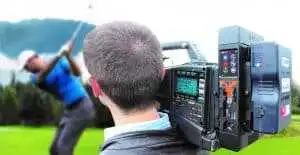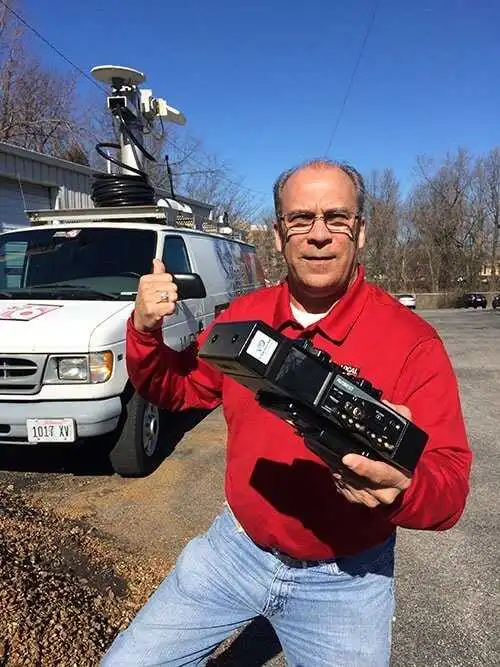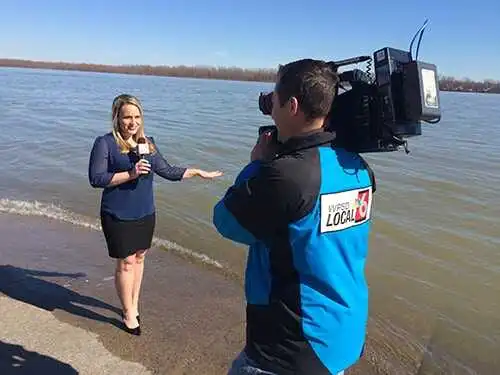Bonded Cellular Live Remote Broadcasting | At-Home Production | Contribution & Distribution | Newsgathering | Sports | Reality-TV
Bonded Cellular Video Uplink Solution with Maximum Reliability for Live TV Contribution, News Gathering, and Sports
Call VidOvation TODAY at +1-949-541-9299 for a 30-day FREE evaluation
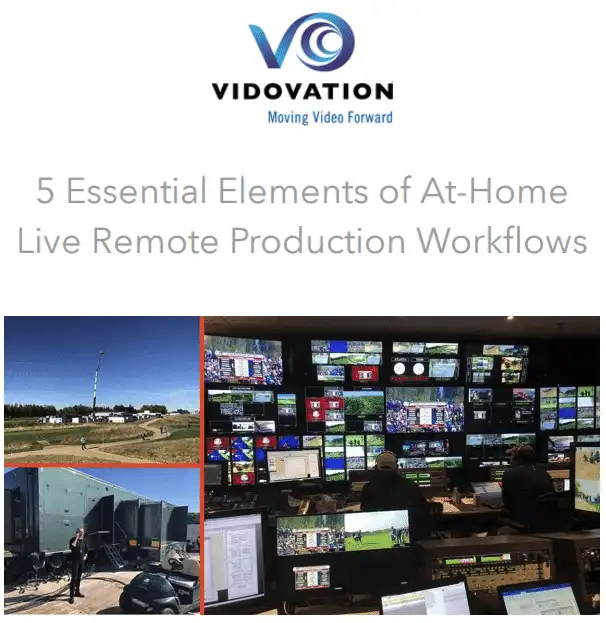
Get At-Home Production Guide
Download this guide to find out how you can implement your own at-home remote production workflow by:
- Leveraging cellular networks and the public internet as a reliable, low-cost video transmission link
- Consolidating and centralizing technical resources to achieve greater efficiency and boost production capacity
- Make sure you capture each and every audio and video source
- Maintaining frame-accurate genlock and lip sync so that your viewers can enjoy a high-quality program
- And more!
WHITE PAPERS
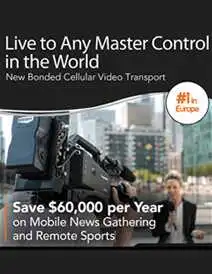
How to Save Money Using Bonded Cellular
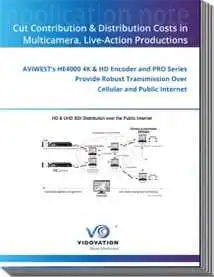
Cut Contribution and Distribution Costs in Multi-Camera
WEBINARS
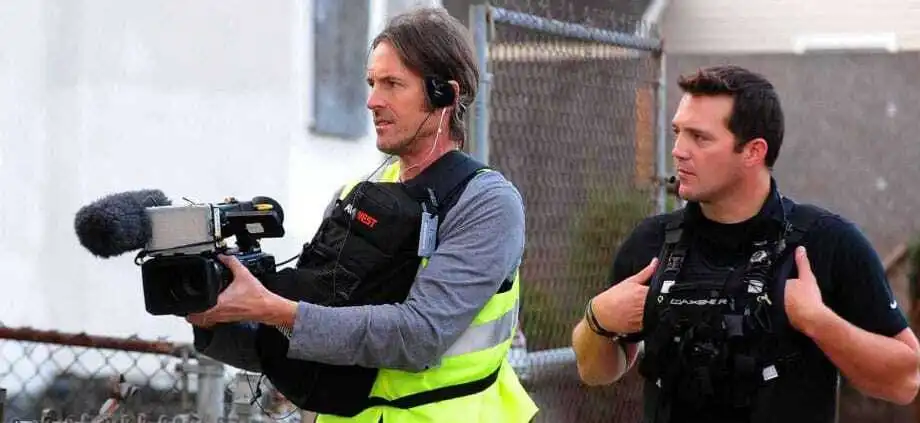
FLEXIBLE LIVE REMOTE AT-HOME PRODUCTION
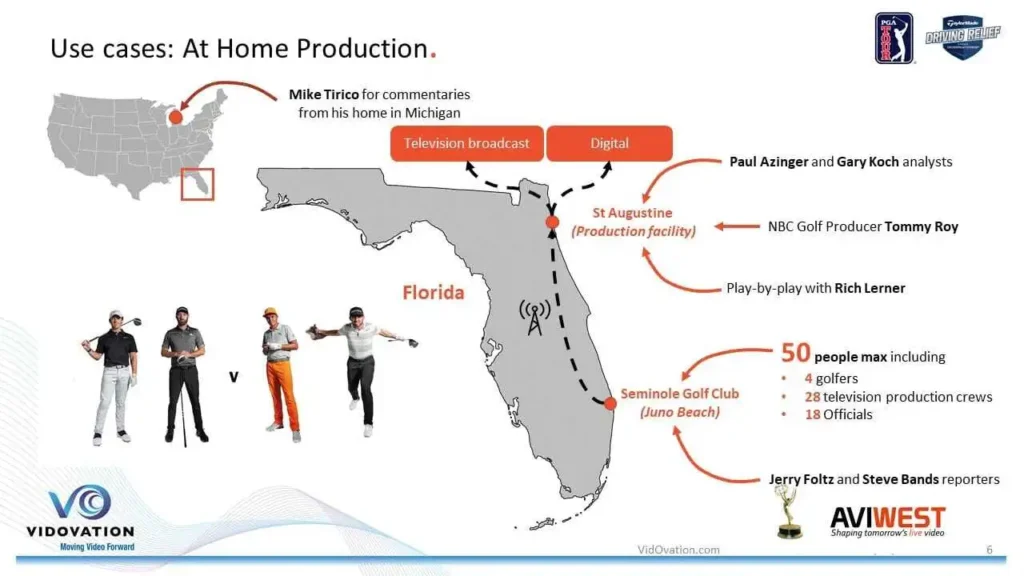
PGA AT-HOME PRODUCTION FOR THE NEW ABNORMAL
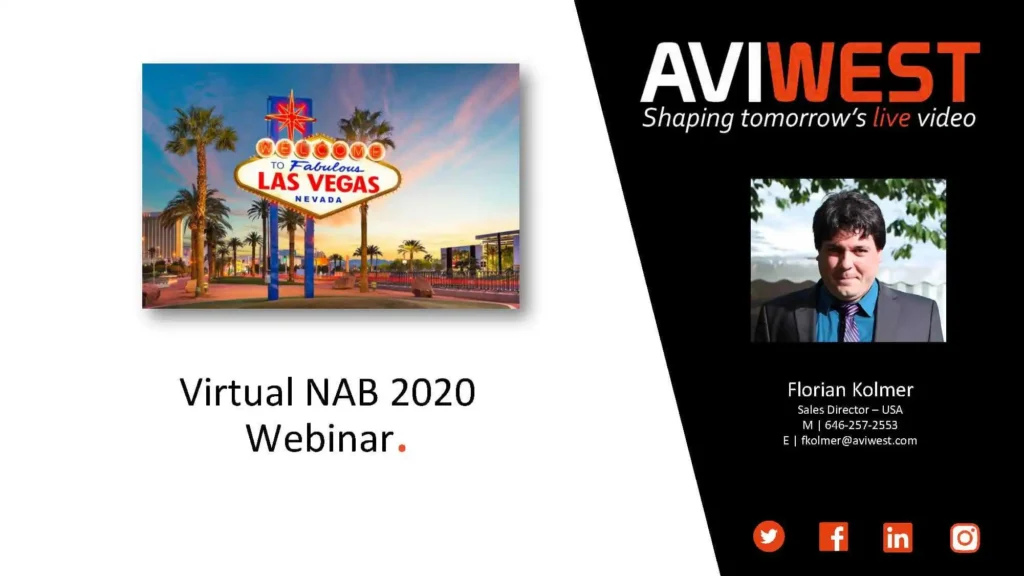
NAB UPDATES - NEW RACK FIELD ENCODERS & 5G CELLULAR TRANSMITTERS
BLOGS
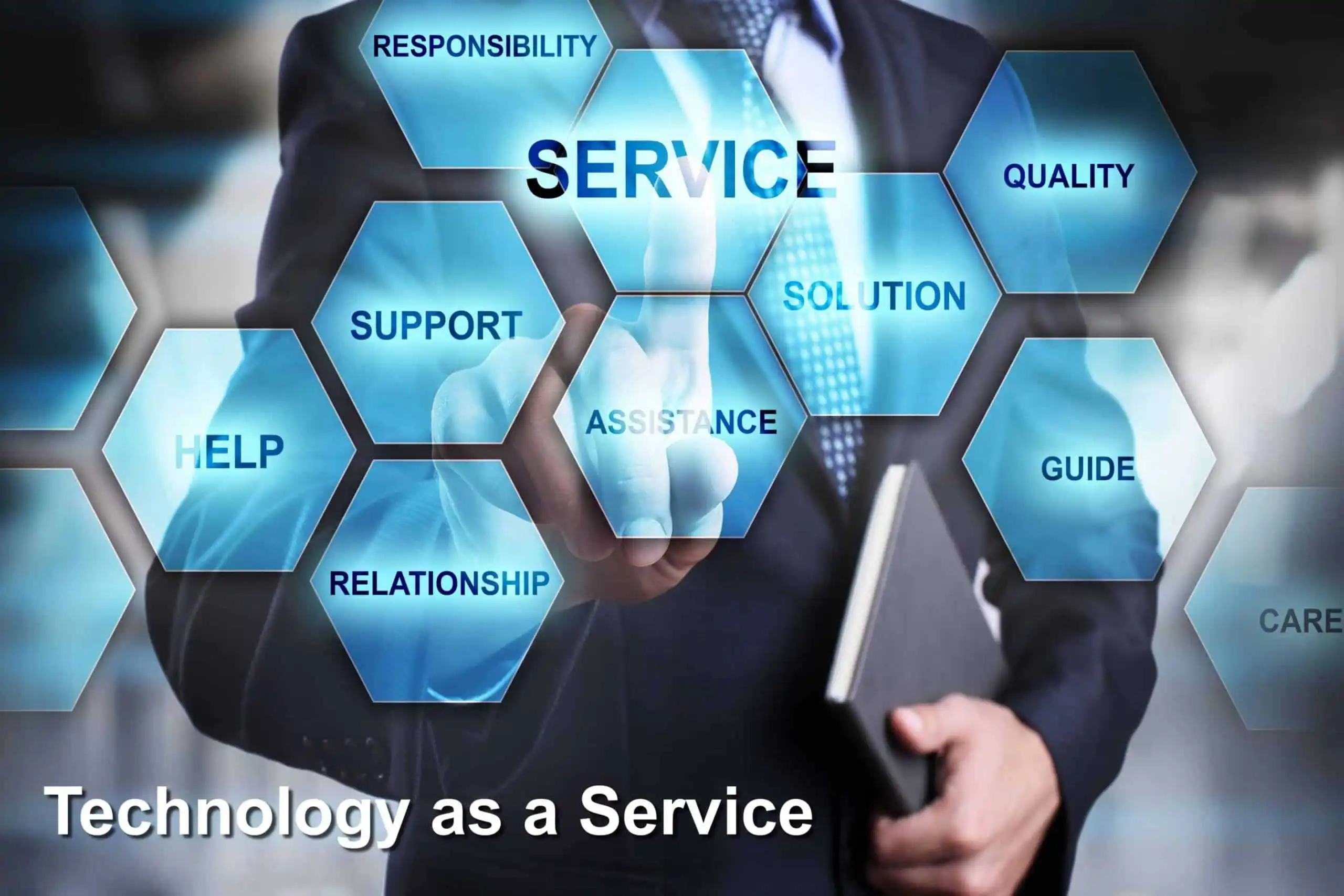
Technology as a Service – TaaS | What? Why? How? | VidOvation
What is Technology as a Service? Technology as a Service
VidOlink Reacher Wireless Video Transmitter & Receiver 3000 Foot Demonstration
The VidOlink Reacher is our newest broadcast-grade HDMI and HD SDI wireless video transmission link. The VidOlink Reacher is capable of reaching up to 3000 feet with zero latency and no compression.
Accelerated Simultaneous File Transfer & Transcoding – VidOvation Blog
Brevity is a breakthrough software product that changes the way
How to Transmit 4K Video / 10 Gbps Wirelessly – VidOvation Blog
How to Transmit 4K Video / 10 Gbps Wirelessly
Poor fan experience costing you ticket revenue? – VidOvation Blog
Bring back the excitement with IPTV for your Stadium! https://www.vidovation.com/video-networking-iptv-encoder-decoder-stb-set-top-box/vidovation-tv-business-enterprise-iptv-television-system
Learn about the latest technology for Live Contribution and News gathering – VidOvation Blog
Learn about the latest technological advancements in Bonded Cellular for
Accelerated Simultaneous File Transfer & Transcoding – VidOvation Blog
Brevity is a breakthrough software product that changes the way
How to Get More Church Followers – VidOvation Blog
There is no doubt that the majority of young adults
Why Do I Need Forward Error Correction? – VidOvation Blog
Without the functionality of Forward Error Correction (FEC), you can expect
Wireless Camera Back Range – VidOvation Blog
The wireless transmission of video from a camera back has
- A single reporter or camera operator, outfitted with a video camera and backpack, can be dispatched to perimeter areas of an unfolding story to interview eyewitnesses and passersby, cover other emerging sub-plots, or provide live ‘beauty shots’.
- Live weather and traffic reports from fast-moving vehicles, such as cars, trains, motorcycles, boats, and even helicopters. For news networks and stations, VidOvation’s live broadcasting equipment transforms the digital video acquisition chain into an agile workflow of news gathering via cellular bonding. It offers a portable, highly robust uplink system for SD or HD-quality coverage of breaking and local news, and opens multiple opportunities for new types of reporting, for example:
LIVE SPORTS
VidOvation is the perfect complement to live sporting events, providing a mobile, on-the-spot solution for quick updates, sideline, and locker room interviews, crowd shots, pre, and post-game shows, press briefings, roaming cameras at team events and media days, and more. Broadcasters are also utilizing VidOvation for transmitting live games and competitions online, as well as to stadium large-format screens (jumbotrons), and more.
ENTERTAINMENT
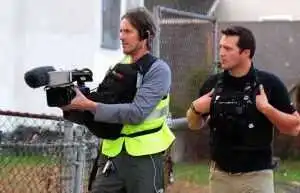
VidOvation customers regularly utilize the broadcast video equipment for entertainment events, such as red carpets, premieres, live reality shows, fashion shows, hometown live shots on talk shows, and celebrity coverage. VidOvation offers easy live content acquisition to live in-studio TV shows that rely on feeds from the street or remote locations to augment their programming.
PRE-RECORDED UPLOAD
VidOvation customers regularly utilize the broadcast video equipment for entertainment events, such as red carpets, premieres, live reality shows, fashion shows, hometown live shots on talk shows, and celebrity coverage. VidOvation offers easy live content acquisition to live in-studio TV shows that rely on feeds from the street or remote locations to augment their programming.
TECHNOLOGY
Based on a mix of hardware and software technologies, VidOvation provides the world’s most advanced, compact, and portable video hybrid contribution systems. VidOvation solutions feature a complete range of cutting-edge technologies including video compression, transmission over various wireless networks, video reception, and decoding.
BONDED CELLULAR TODAY

While cellular bonding used to be a technique that was only used by major news organizations, today it is pretty commonplace. Nearly all TV news channels report on live events and breaking news situations using mobile cellular bonding technology – even smaller, local broadcasters. Improvement of networks and technology advancements for cellular bonding solutions has been critical in the development of cellular bonding mobile news-gathering.
Regarding the networks, we’ve seen mobile network capabilities expand from 3G to 4G and beyond, with 5G on the horizon. As consumer demand for high-speed data and high-quality video services have gone up over the years, there has been an increased need for fast broadband Internet access. VidOvation solutions work by detecting and aggregating multiple IP-based networks (e.g., 3G, 4G, WiFi, Ethernet, satellite). As wireless connectivity increases, the VidOvation solutions will enable broadcasters to take advantage of every IP network within their immediate area as they become available. We achieve this through a high-performance mechanism that automatically senses and bonds together all possible IP connectivity, providing broadcasters with the biggest pipe to spread their video content
Significant enhancements are available today in cellular bonding technology. , Some of these include more robust performance, better video quality, high-quality recording for store and forward, ASI outputs, dual hardware encoders, fragmented MPEG4 file recording, decreased power consumption, compact size, and lighter weight. All of these improvements enhance the broadcasters’ ability to move faster as they are not bogged down carrying heavy equipment. The reduced power consumption also helps to decrease operating costs.

Over the years, flexibility has dramatically increased in the field of cellular bonding. In the past, broadcasters and video professionals relied more on traditional satellite-based systems for live news and events coverage; however, these systems can be limited in their scope. With a satellite-based system, users need to keep the ENG camera close to the vehicle, or they will not be able to receive the signal. Using these systems, mobility, and indoor coverage are nearly impossible unless a complex and costly infrastructure is set up. This approach is not ideal in scenarios where broadcasters need to cover breaking news.
For example, to broadcast the Tour de France live using a traditional satellite-based system, one would need a helicopter, an airplane, and a satellite base station. This kind of system is cumbersome, costly, and complex. Therefore, we only see deployments such as this for a small percentage of major sports events in the world. The VidOvation system is now widely used for the annual Tour de France with high reliability and success at a fraction of the cost.
Thanks to recent technology advancements, cellular-based systems offer broadcasters and video professionals the flexibility to broadcast live events in areas that are well covered by 3G or 4G networks. A portable bonded cellular transmitter, coupled with a high-gain cellular antenna array, improves signal resilience and the quality of the live video transmission, providing users with a robust solution for covering live events, such as a marathon or a cycling race, from a motorcycle. By enabling broadcasters and video professionals to broadcast news on the go more efficiently, cellular-based systems dramatically change how the industry covers remote events in a way that was not possible even a few years ago.
emote events in a way that was not possible even a few years ago. With 3G or 4G network deployment globally, we believe that cellular uplink devices are a future-proof solution that allows easy, affordable coverage of breaking news stories or sports events anytime, anywhere.
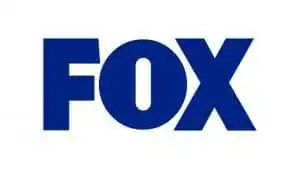
Being able to maintain a high video quality from remote corners of the world can be challenging, but not impossible. It requires mastering three types of technologies. The first is network bandwidth. Broadcasters can get the most amount of bandwidth by bonding together all available networks, such as WiFi, 3G/4G, and satellite, and then adapt the video compression according to those available networks, in real-time. The second technology that comes into play is video compression. Advanced video compression techniques (e.g., H.264 and next-generation standards like HEVC) and pre- and post-processing tools (e.g., filtering, video concealment process, etc.) are needed to reduce the required bandwidth for a given video quality level and improve the quality of experience for viewers. Finally, video contribution is key. The transmission must be robust to handle possible errors and packet loss. FEC and packet re-transmission are the most common features to implement to improve the transmission reliability
EXCERPT FROM OUR BONDED CELLULAR E-BOOK
How can Bonded Cellular Save Money?
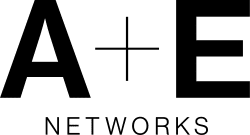
The way bonded cellular technology can help you save money is by eliminating your Satellite Truck, your ENG Truck or your Mobile Production Truck. Let’s crunch some conservative numbers. Take the daily rental of a Sat Truck, say, $2500 per day. Assume you rent it 25% of the days in the year for your workflow operations. You will come up with a number close to $250,000. Apparently, some people might use a vehicle more or less, so that figure varies. I think you’ll get the idea that bonded cellular solutions are not that expensive. The technology has come such a long way with latency as low as three seconds, we can deliver broadcast quality video live on the air. If it makes sense for your business workflow, if it makes sense for your business model, we’re here to help you maximize your revenue and ease your workflow. At the end of the day, if we can save you a lot of money, that’s a win-win for everyone
Cellular Network Diversity
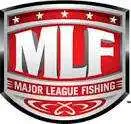
The units will have multiple cellular modems in them. There are four major carriers (Verizon, AT&T, T-Mobile, Sprint) here in the U.S. You could have up to 10 modems. Usually, what we’ll do is have two from each of the major carriers. So we’ll have two Verizon, two AT&T, two Sprint and two T-Mobile. Ninety-nine percent of the time, Verizon and AT&T carry most of the load. You want the diversity, if there’s a big crowd in a ball game, you’ll be thankful.
One of the four carriers will give you some throughput. The beautiful thing about bonded cellular, if you only get 200 or 300 kilobits per second per modem, you aggregate that over eight modems, you get two, three, four, five megabits per second through quickly. Broadcasters often get up to a ten megabit per second back to master control with as little as three seconds of latency.
Transmission of up to 15Mbps is possible over the 3G and $g cellular networks. The variable bit rate encoder and adaptive algorithm automatically adjust to network conditions. Here at our corporate offices in Irvine, there are a bunch of canyons up in the hills with a weak cellular signal. The product is rock solid; it will adapt. If necessary, it will even drop down to SD mode. It will still show a 16×9 image. It will upscale to HD in the receiver.

